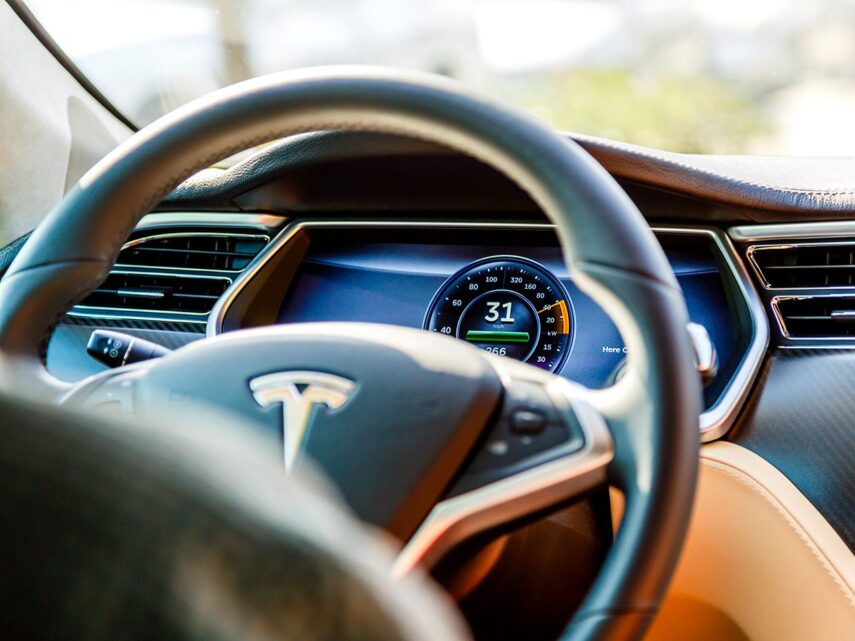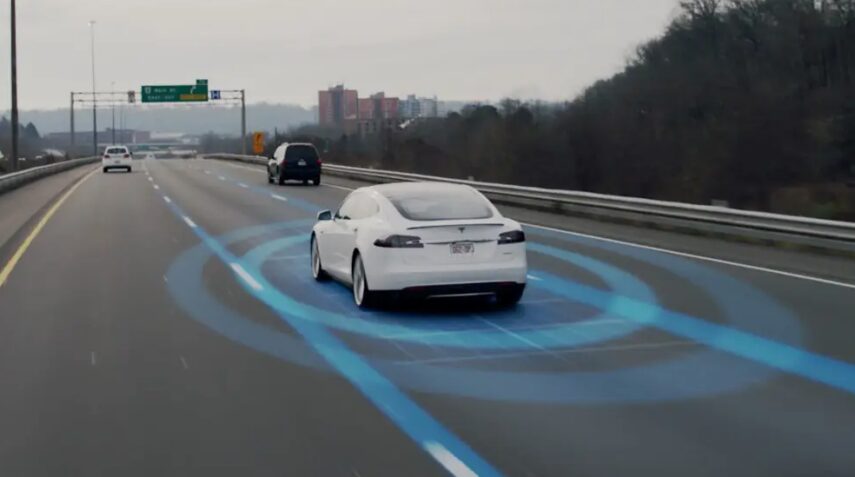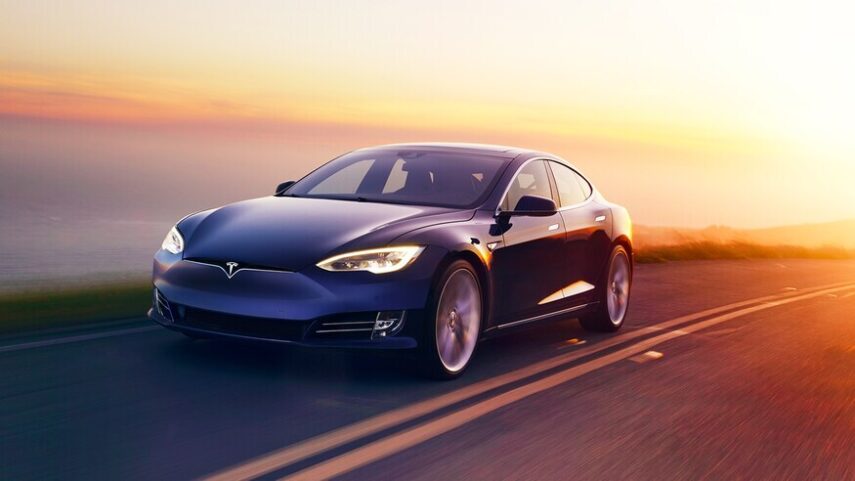If there’s one brand that can be credited for revolutionizing the auto industry in the 21st century, it has to be Tesla. The Silicon Valley-based automaker has played a very important role in the electrification of vehicles and is now pioneering self-driving technology. Self-driving cars seem a little far-fetched but Tesla is striving to bring them to life. However, in its quest of making vehicle autonomy mainstream, Tesla might just be taking a risky route and that’s come under fire lately and the company is facing criticism for the same.
You can find used Tesla cars on sale over various car buying websites i.e. Carindigo and Carbuzz and some of these models will be equipped with Tesla’s AutoPilot while some won’t be. The AutoPilot autonomous driving feature is an optional package and is available on a subscription basis and you can get the feature added to the car by paying a one-time subscription fee. So if you buy a used Tesla and the first owner of the car didn’t spec the car with AutoPilot, you can get it added and your car via an over-the-air update then you’re good to go because the car is already equipped with the necessary hardware for self-driving and that’s where the problem arises.
You see, Tesla’s AutoPilot is essentially a software patch that just gets unlocked as you pay the subscription fee. The AutoPilot package has got nothing to do with hardware and rather just uses the hardware that the car is already equipped with. Tesla uses just optical cameras to feed the AutoPilot system with details of the car’s surroundings and that just could be a tad bit risky. While all the other major automakers are developing their autonomous driving tech with cameras, radars, and laser-based radar, Tesla happens to only be relying on optical cameras.

As of now, there are no rigorous regulations on self-driving tech. The regulations do not specify the kind of hardware the system should use but such regulations will indeed come in, sooner or later. And if in the future these safety regulations state that multiple sensor-based hardware setups are essential for autonomous driving, then Tesla could be in big trouble and its AutoPilot module would just be rendered useless.
The Tesla AutoPilot system is one of the most advanced autonomous driving systems currently on roads and meets the Level 2 autonomy standards set by SAE International. Cars with Level 2 autonomy standards are capable of changing lanes, adjusting speeds, and stopping and starting on their own. However, Level 2 systems need the driver to stay focused on the road and the system calls for human intervention in situations that it cannot itself comprehend. Level 3 autonomy systems have demonstrated the ability to navigate through highways while Level 4 systems can drive through narrower city roads with minimal driver intervention. Level 5 system is capable of navigating the car through any condition without the driver having to move an inch.
As of now, the ‘self-driving’ automobiles that you see on the roads meet Level 2 standards only, while other levels of autonomy are being rigorously tested by automakers as well as regulators. However, the thing is most automakers and stakeholders involved in the development of self-driving modules believe that Level 3 autonomy or any higher level of autonomy will require LIDAR along with cameras. These automakers and developers excluding Tesla also believe that safety regulators will most certainly mandate LIDAR and optical cameras and cars will require sensor redundancy to operate on roads with Level 3 autonomy systems. As expected, Tesla strongly opposes the idea that autonomous cars need LIDAR.

Tesla’s head of vehicle autonomy program, Andrej Karpathy speaking at the CVPR 2024 Workshop on Autonomous Driving explained that the company has been working on developing deep learning systems that only need video feed to make the automobile aware of its surroundings. Karpathy asserted that Tesla’s autonomous system senses its surrounding based on the video feed from all 8 cameras and the cameras only record and feed the information to the system that’s relevant to the car in real-time. On the flip side, LIDAR-based systems have to be pre-mapped with the environment and these maps have to be maintained and updated continuously. That makes the LIDAR system unscalable and that’s why Tesla believes deep learning is the way ahead and relies on optical cameras only.
On the other hand, there are a few developers that firmly believe in the combination of LIDAR and optical cameras. Deep learning systems do make mistakes often and that’s the reason why companies like Waymo rely on sensor redundancy and use LIDAR in tandem with the deep learning systems. LIDAR systems basically create 3D maps of the car’s environment and the car follows paths and maps as created by the system. When used in combination with optical camera-based deep learning systems, LIDAR systems provide additional information to fill in the gaps that neural networks cannot comprehend. This makes the self-driving system more reliable and safe and that’s why stakeholders want to mandate sensor redundancy.
Tesla is firm on its stance on camera-based autonomous driving systems and is confident of demonstrating Level 3 autonomy using camera-based systems. However, it possesses threat from regulatory authorities who plan sensor redundancy mandatory. Modules that read inputs from multiple sensors just seem to be more reliable and having two different kinds of sensors feed in information makes the system fool-proof and safe.

However, no automobiles on the roads have LIDAR systems on them and there’s hardly any car that’s sold with Level 3 compatibility. Although, if Tesla stays adamant on its stance of deep learning-based, camera-fed autonomy system, then that might just create problems for them in the future. With electrification and autonomy kicking in, cars are eventually turning into software-enabled devices just like our smartphones. Like our smartphones get better with every software patch, cars of the future will also get better with every software update. But then hardware compatibility plays a bigger role in cars than mobile phones and a car that’s not equipped with the compatible hardware will continue to run on older software, eventually becoming slower, less reliable, and even dangerous on the road. That’s why Tesla needs to make amends and be on the same page as the regulatory authorities. Otherwise, Tesla cars would just become redundant over the years credit to hardware incompatibility.







